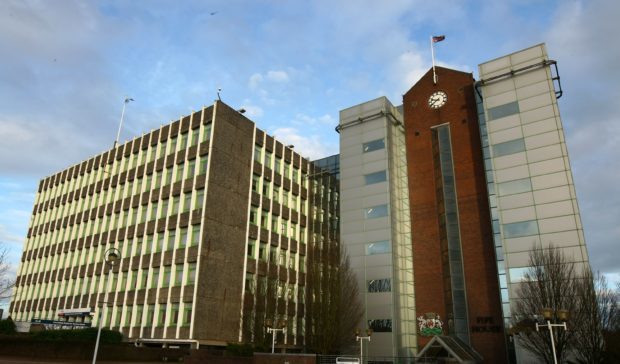A staggering £50 million has been spent on severance payments for former Fife Council staff over the past seven years, it has emerged.
New figures have revealed that 1,555 employees have left the local authority since 2011, racking up a total of £49.419 million in pay-offs – an average of over £31,000 per person.
Now there are warnings that the figure could rise sharply over the coming years as councils struggle to balance the books in the face of austerity.
Local authorities across Scotland are thought to have spent more than £627 million on packages for redundant staff since 2011/12, according to Audit Scotland, with Fife’s share representing more than a tenth of that total.
The statistics have been highlighted with concern by senior Liberal Democrat Councillor Tim Brett ahead of this month’s budget setting meeting.
“As, regrettably, the only way the council can make recurring savings is by reducing staff numbers, as a result of the squeeze on council funding it is almost certain that further staff will leave, incurring an additional ‘hidden’ cost which we all have to pay,” he said.
Mr Brett observed that not only had Fife Council set aside significant funds in balances to cover this money, but that there had also been a loss of some of the most experienced and senior officers.
“As a result, services are having to continually change to become more efficient and, while they have largely succeeded, it does mean that fewer staff are expected to take on more work and responsibility,” he said.
Fiona Allan, human resource service manager at Fife Council, defended the current situation.
“To meet the continuing financial pressures over the last few years the council has improved efficiency while minimising the impact of any reductions on front line services,” she explained.
“We have reduced our workforce by around 12% since 2010 on a planned and phased basis, and we know our overall workforce will continue to shrink.
“However, we have also invested in growth areas such as early years, where additional posts have been created to allow increased provision for pre-school children.
“Exit package costs are incurred through retirements as well as redundancy. They’re subject to scrutiny and strict controls to make sure we reduce workforce costs and generate future savings.”
Although conceding the costs are “significant”, Ms Allan noted that not all of this is payable to the employee – a proportion is used to offset any impact on the pension fund in line with early retirement policy.
“The scale and pace of change is challenging and it will continue,” she warned.
“We have to balance our need to become a smaller and more efficient organisation with our responsibilities as a major local employer.
“We continue to avoid compulsory redundancies and use vacancy management (not recruiting to empty posts), redeployment, flexible or early retirement as preferences.
“Where voluntary redundancies are agreed the payback period must be less than three years.”










